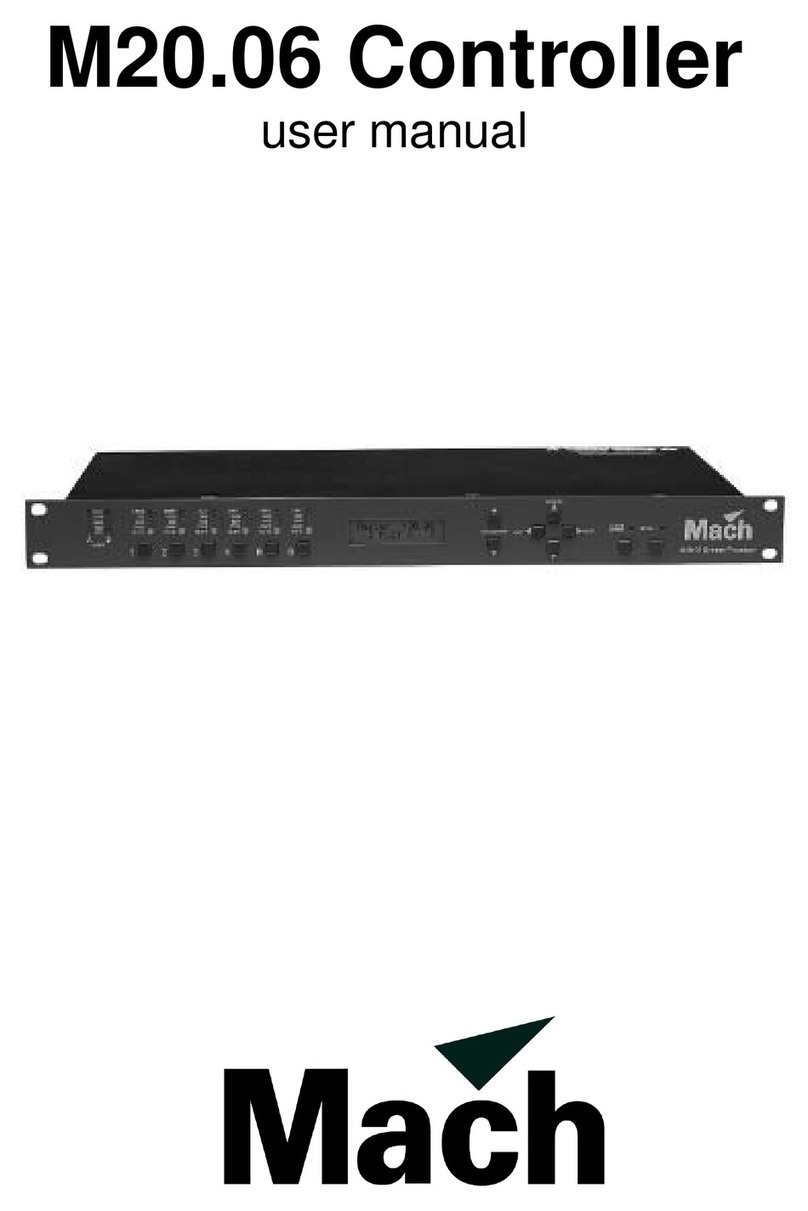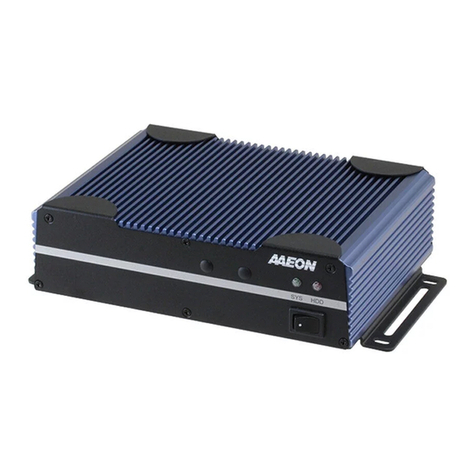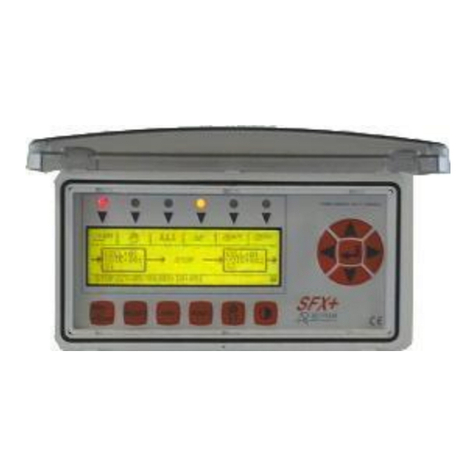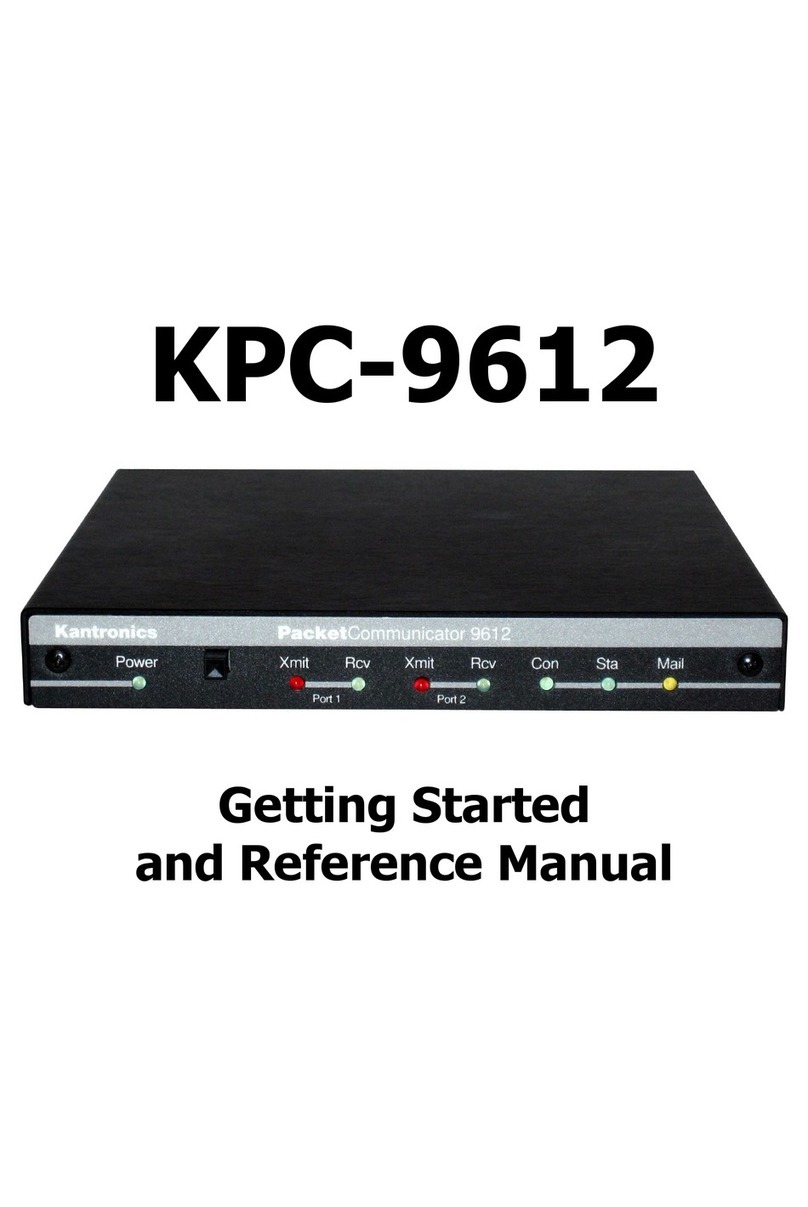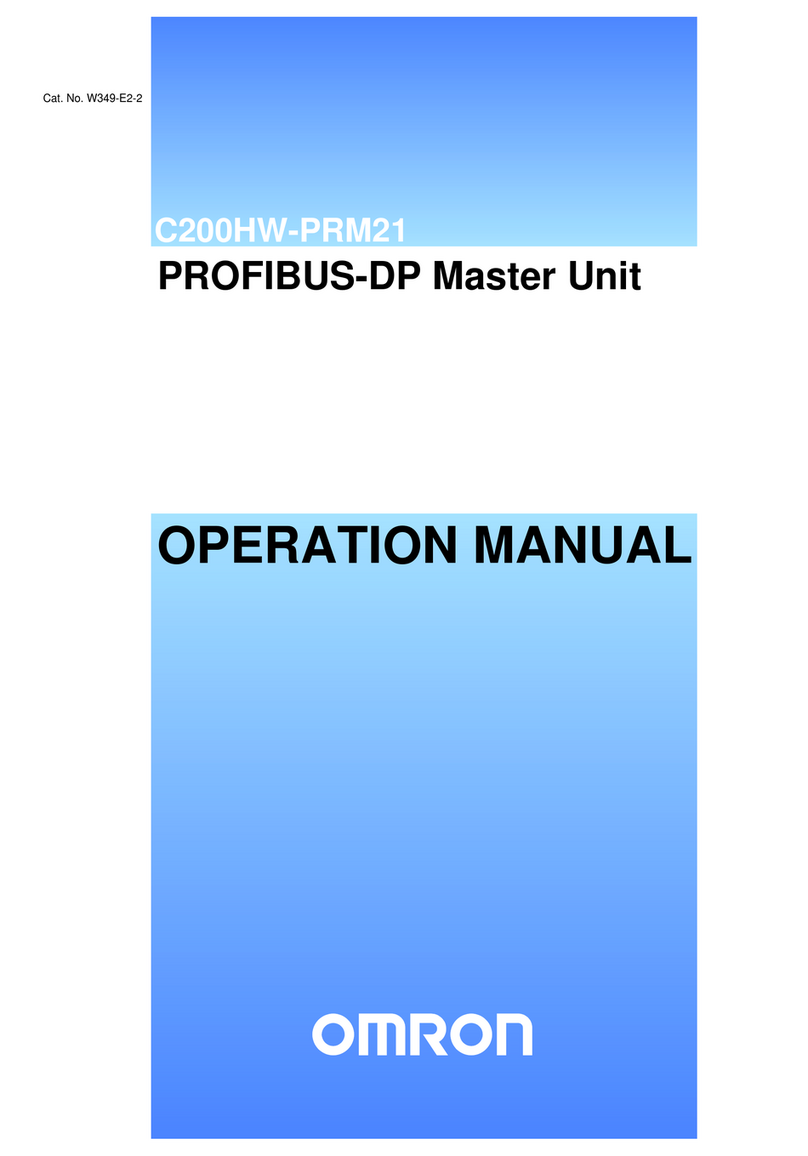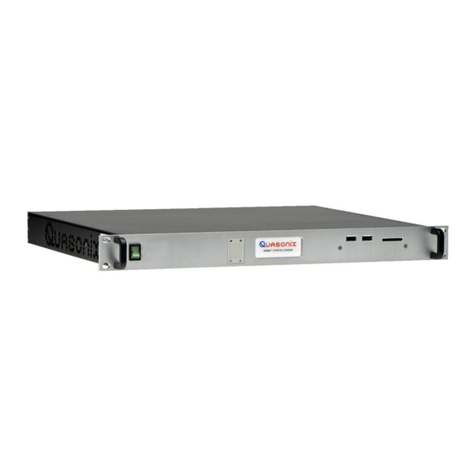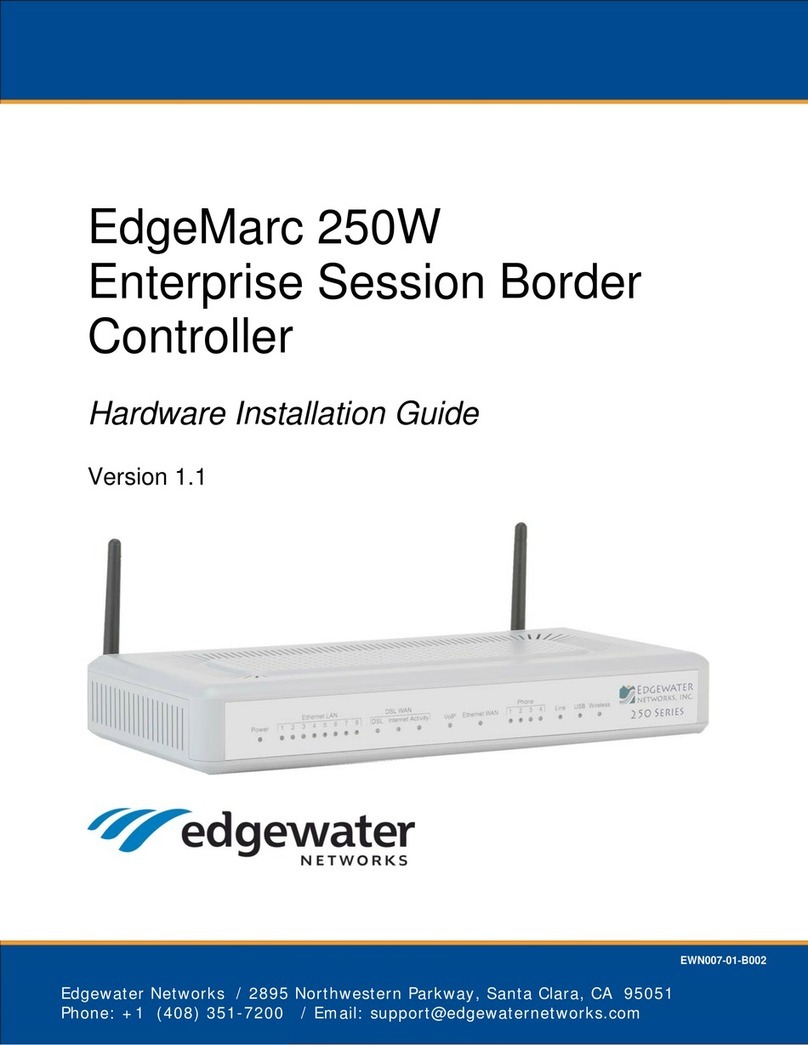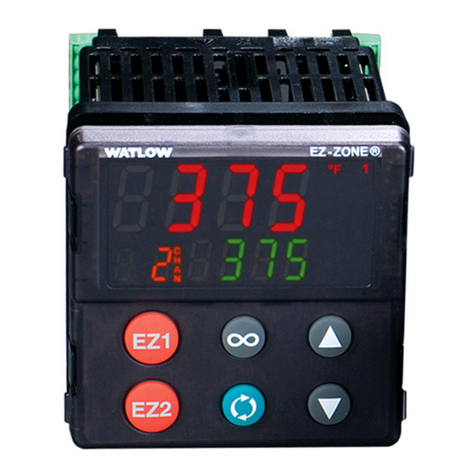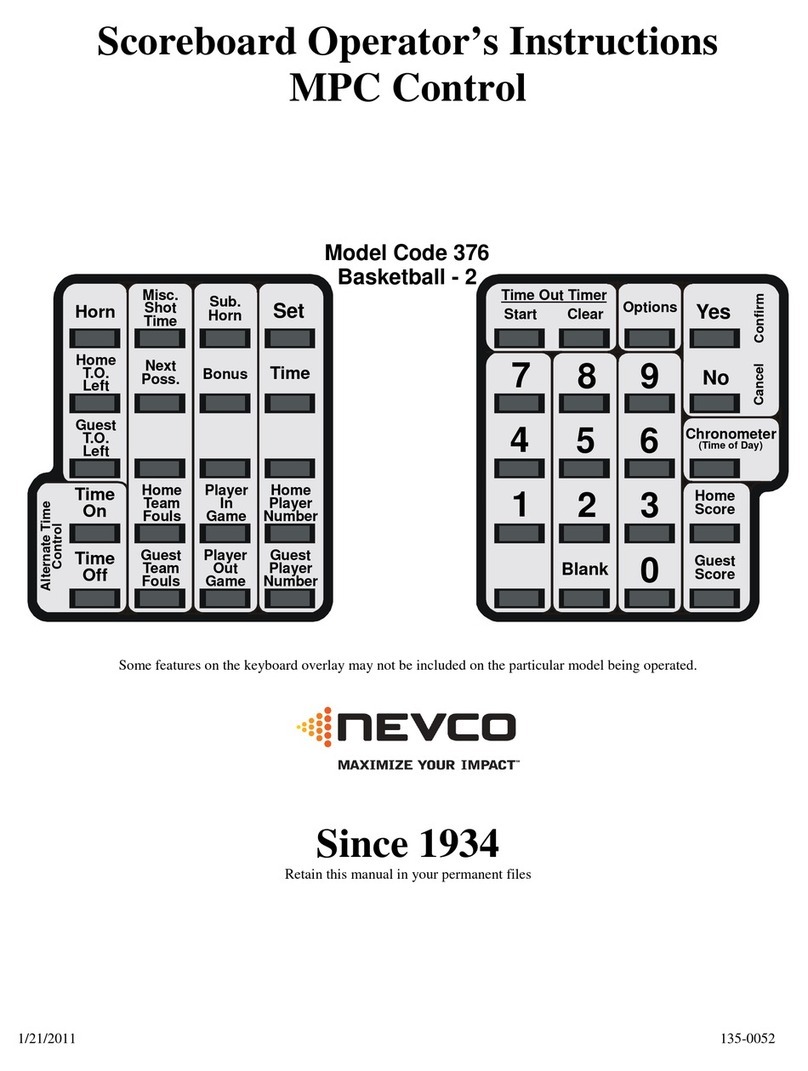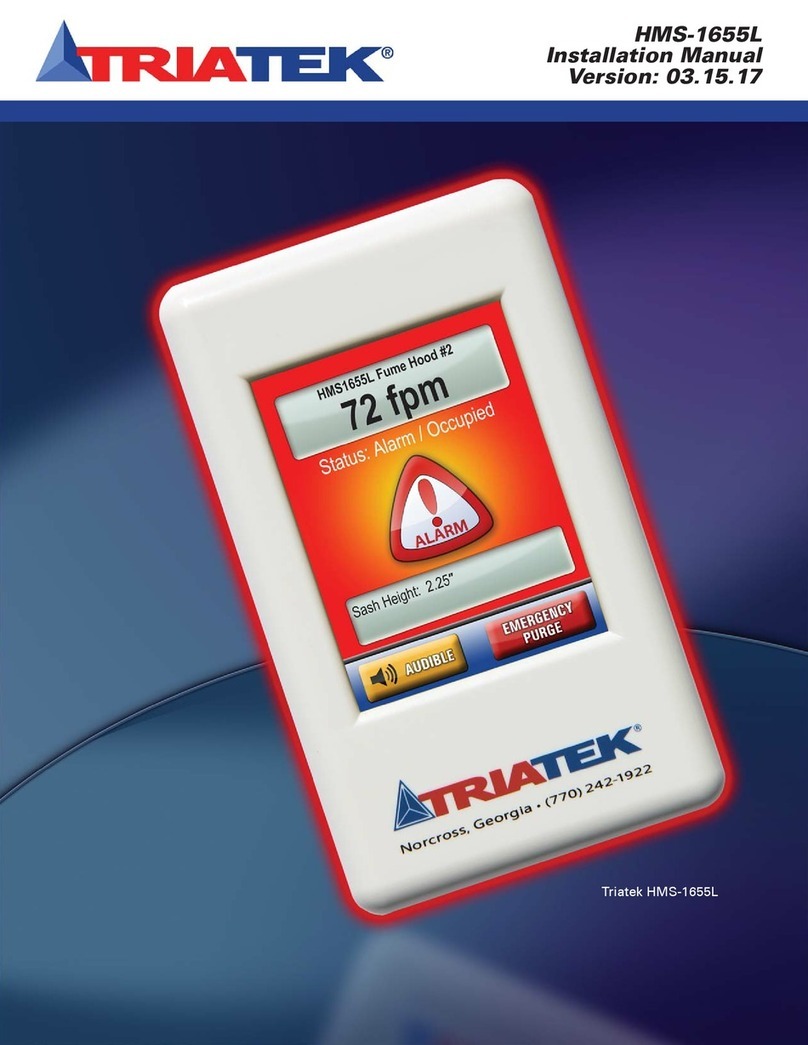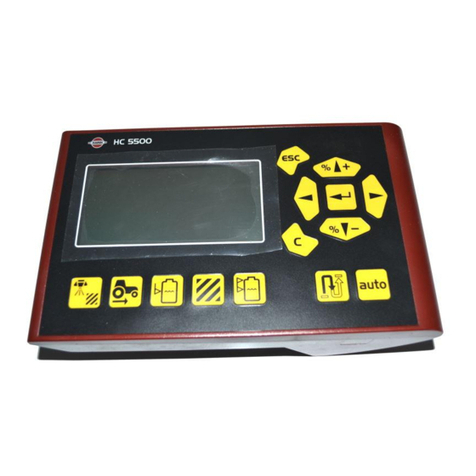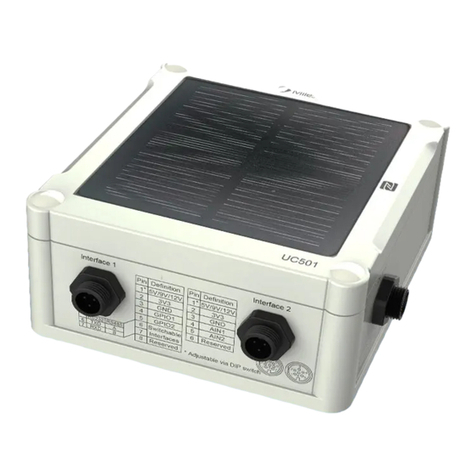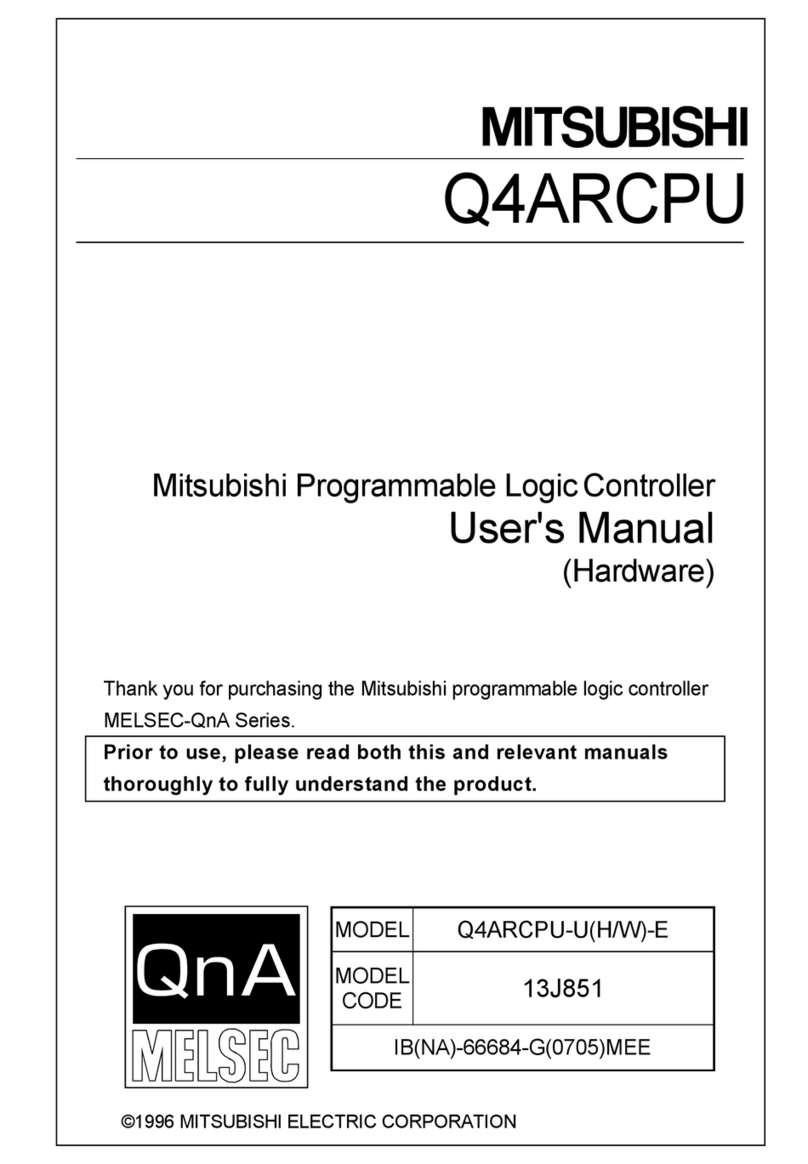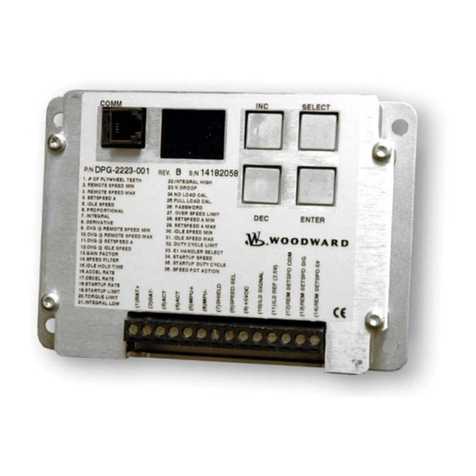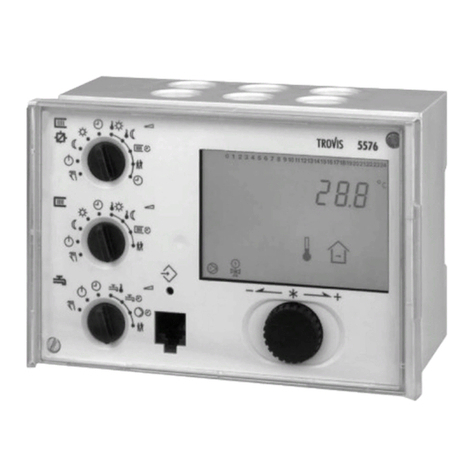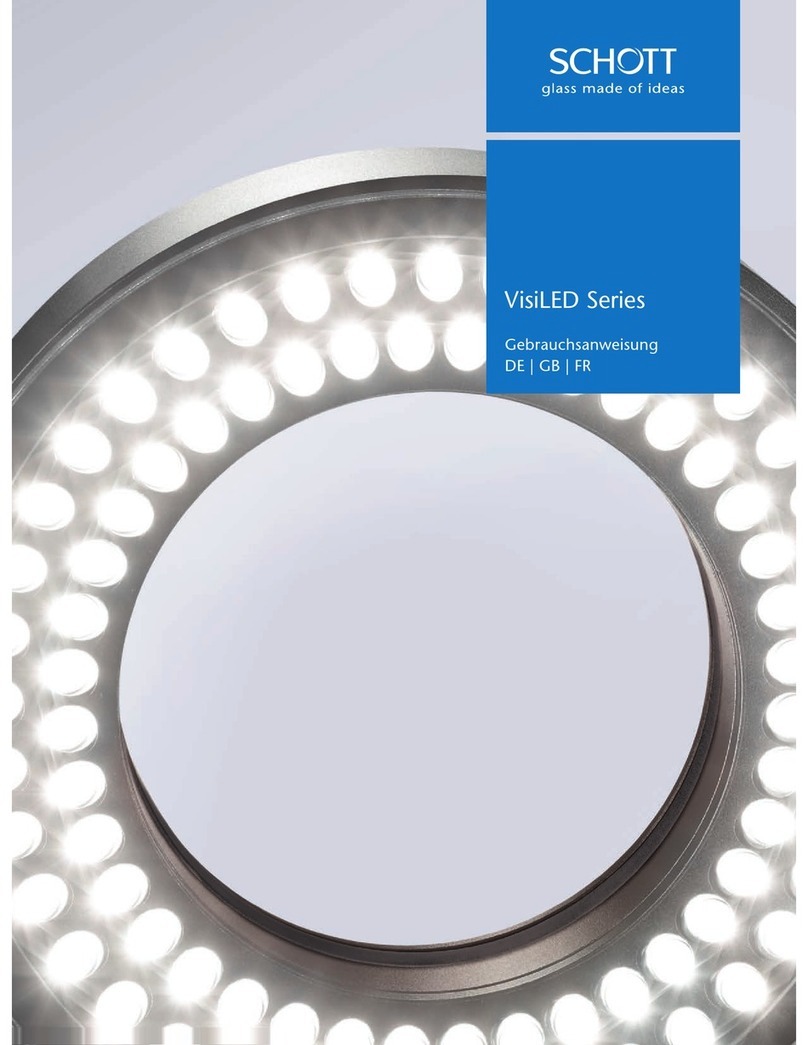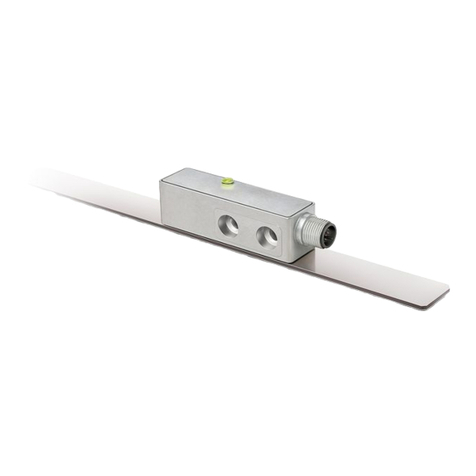Mach LightDrive 12 User manual

Rev 2002 LightDrive User Guide 1
Thank you for purchasing the LightDrive 12 LED controller. The LightDrive is a
very powerful controller built onto a tiny footprint. This guide is meant to give you a good idea of the
LightDrive’s capabilities and limitations. After that, it’s up to you.
The LightDrive can be controlled several different ways. The user may choose between CANbus, TTL Serial,
and R/C PWM inputs. These methods offer different advantages:
R/C PWM
CAN
TTL Serial
Color Depth
‘3 bit’ – 8 Colors
Full 24bit –8bit x 12ch
Full 24bit –8bit x 12ch
Update Rate
0.8Hz –1ch/100ms
10Hz –12ch/100ms
10Hz –12ch/100ms
Physical
2 R/C PWM Inputs
2-Wire CAN Input
TTL Serial Input
Signal
Format
0.5-2.5ms width
50/125/250Hz
1Mbit CAN
115.2kBaud 8N1 Serial
For detailed information on these protocols, see Appendix A. The LightDrive will switch automatically to the
proper protocol based on which signal it sees. If more than one is present, the LightDrive will choose a
protocol in the following order: Serial -> CAN -> PWM. Example code, including an API, is available for the
FRC RoboRIO controller in C++, Java, and LabView. Simply use the appropriate API for whichever control
method you want to use (PWM, CAN, Serial).
mach-engineering.com
LightDrive 12 –LED Controller
User Guide
Connection Diagram
R/C PWM Outputs
- Connect to Any 2
CANPort
- Connect H and L
- Connect anywhere in
the chain with other
devices
Serial Port
- Connect GND and TXD
- RXD Optional if feedback
is not needed
Choose One of These 3 Methods

Rev 2002 LightDrive User Guide 2
Basic Operation
1. Connect the LightDrive as shown in the diagram.
2. Apply Power
a. The LightDrive will display a test-pattern, then become ready after 1 second.
b. If no signal is present, the LightDrive will enable all outputs at 100%
OR
display the last pattern
that was active when the User Button was last pressed.
3. Verify LED Lights according to table below:
4. Begin Controlling outputs using your chosen input type
Color
Meaning
Yellow Flash
Idle –No signals detected. Displaying Last Output.
Yellow Steady
Standby –Press Button to Turn Outputs On/Off
Green Flash
Running on PWM Input.
Blue Flash
Running on Serial Input.
Purple Flash
Running on CAN Input.
Red Flash
Running at Limit. At least 1 channel >5A.
Red Solid
Tripped. Overload/Short on at least one channel.
Auto-reset in 3 seconds.
+12V CANL CANH COM
User
Pushbutton
LED Outputs
R/C PWM Inputs
SIG
+5
COM
+12V GR B
Serial Input
Data In
Data Out
COM
Signal
N/C
COM
Onboard
LED
+12V GR B
+12V GR B
+12V GR B
1 2

Rev 2002 LightDrive User Guide 3
Specifications and Notes
Note:
The LightDrive is designed to be as resilient as possible against short-circuits and mis-wiring. However,
some conditions, such as reverse polarity, may allow current to flow to the connected loads. This may damage
them, even though the LightDrive survives.
Specifications
Size
2.0x3.5in (50.8x88.9mm)
Refresh Rate
100Hz for all channels
Input Voltage
8 –16VDC
Power Connector
16-24AWG Screwless
Max Current
Lesser of 15A or 5A/output
RC Connector
3pos 0.1in Male HDR
(GND-6V*-SIG)
*6V Connection optional
PWM Inputs
20-250Hz 0.5-2.5ms
CAN Input
1Mbit/s
Fault Tolerance
Fault From/To
Fault From/To
Duration
12V Batt Pos
PWM Input
Indefinitely
PWM GND
Intermittently
CANL/H
Indefinitely
TTL Serial Input
Indefinitely
12V Batt Neg
PWM Input
Indefinitely
PWM GND
Indefinitely
CAN L/H
Indefinitely
TTL Serial Input
Indefinitely
Reverse Polarity
Intermittently
Shorted Output
Indefinitely
12V Batt Neg
12V LED Output
Fuse Blown

Rev 2002 LightDrive User Guide 4
Programming
An API is provided for the FRC WPILib. JavaDocs (also applicable to C++) can be found here. To use this
library with VS Code follow the steps below:
1. From the WPI Control Palette, Type and Select “Manage Vendor Libraries”
2. Click “Install New Library (online)”
3. Paste the following URL:
http://mach-engineering.com/products/maven/com/mach/LightDrive/LightDrive.json
C++/Java Programming
Once the above has been completed, add the needed import statements to your program:
Now, create your desired LightDrive object:
Ready to control LEDs!
//Java
import com.mach.LightDrive.*; //The LightDrive Library
import java.awt.Color; //Predefined colors and routines
//C++
#include “LightDrive.h”
//C++/JAVA
//CAN-controlled LightDrive
ld_can = new LightDriveCAN();
//MXP Serial Port Controller LightDrive
ld_serial = new LightDriveSerial();
//PWM Servo Controlled LightDrive (specify 2 WPI Servo objects)
ld_pwm = new LightDrivePWM(Servo0,Servo1);
//JAVA
//ld_object: ld_can, ld_serial, or ld_pwm.
//Set Bank 1 to Red, Bank 2 to yellow, Bank 3 to custom.
ld_object.SetColor(1, Color.blue);
ld_object.SetColor(2, Color.yellow);
ld_object.SetColor(3, new Color(1.0f,0.5f,0.0f));
//Send latest colors to LightDrive
ld_object.Update();
//C++
ld_object->SetColor(1, LIGHTDRIVE::COLORS::BLUE);
ld_object->SetColor(2, LIGHTDRIVE::COLORS::YELLOW);
ld_object->SetColor(3, ld_object->MakeColor(255,128,0));
ld_object->Update();

Rev 2002 LightDrive User Guide 6
Appendix A –Protocols
TTL Serial Protocol
Using the serial protocol, all 12 channels can be set to any level from 0-255. If desired, the RX line
can be connected to get feedback from the LightDrive. The serial format is 8N1 (8-bit, no parity, 1
stop bit) at 115.2kBaud. The serial packets are constructed as below:
Start
Byte
CH1
CH2
CH3
CH4
CH5
CH6
CH7
CH8
CH9
CH10
CH11
CH12
Checksum
0xAA
0
0
0
0
0
0
0
0
0
0
0
0
8-bit sum*
*8bit sum of all bytes from 0xAA –CH12.
Example Packet:
0xAA 0xFF 0x00 0x00 0x00 0xFF 0x00 0x00 0x00 0xFF 0xC8 0xFF 0x00 0x6E
The feedback packet is structured as shown below. This packet is sent in response to the
transmitted packet detailed above.
I1
I2
I3
I4
VIN
Status
Not
Used
FW
These 4 bytes
represent the current
on each bank in A*10
(ie 4.5A = 45)
Voltage input in
V*10 (ie 12.6V =
126)
Bit
Desc.
0
Enabled?
1-3
Mode
4-7
Trip Flags
Firmware
Version
CAN Protocol
Using the CANbus protocol, all 12 channels can be set to any level from 0-255. The CAN protocol
used is designed to be compatible with the WPILib protocol used by the FRC RoboRIO. Two
messages are used to control the outputs. Another message is sent by the LightDrive and provides
feedback about the device.
PWM Protocol
The LightDrive is designed to use the same type of PWM signals as common hobby remote control
servos and speed controllers. It has also been pre-calibrated to the signals generated by the
RoboRIO. Each of the two input channels controls 6 of the 12 total channels. PWM1 controls channels
1-6 and PWM2 controls 7-12.
Table of contents
Other Mach Controllers manuals

